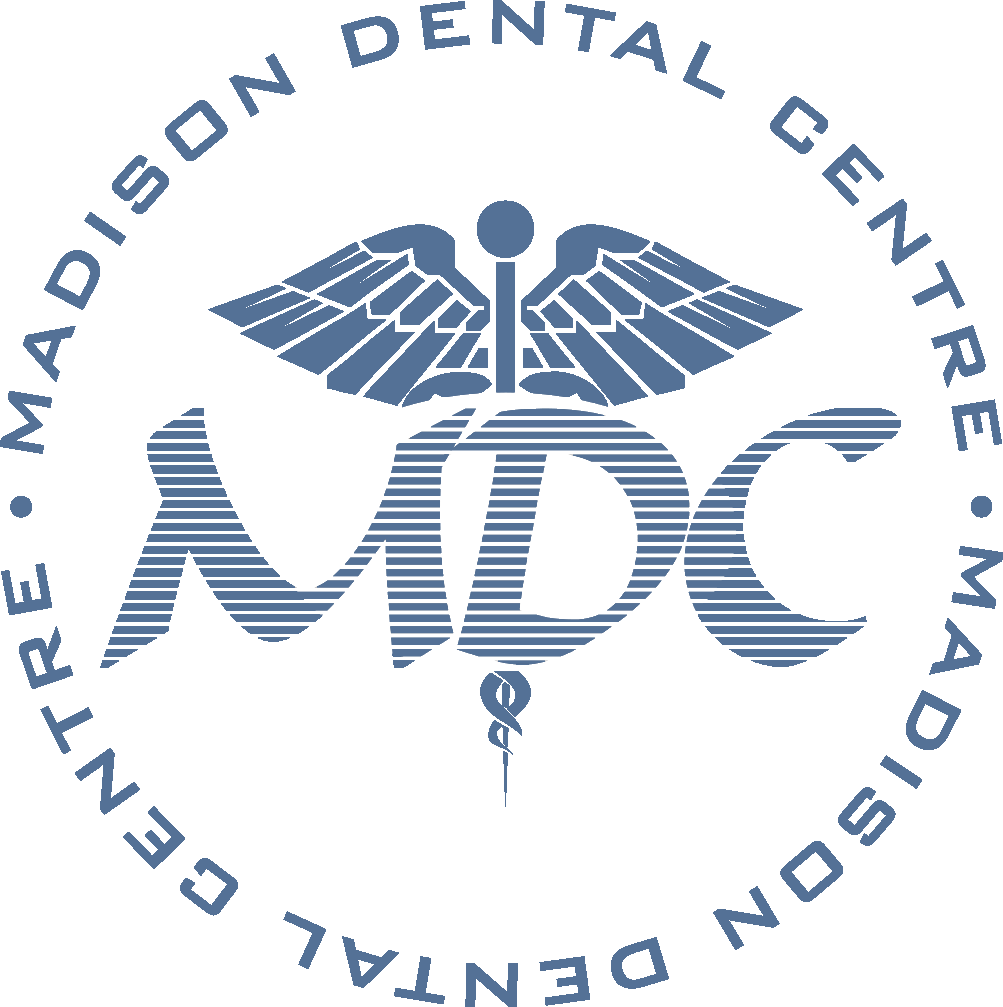Frequently Asked Questions
Here is the list of questions that are commonly asked by our patients. If you have a question, please go to our contact page to send them.
How often do I actually need to visit the dentist?
What happens during in-office tooth whitening?
Tooth whitening is used to correct discoloration of a tooth by removing the brown and yellow staining. The term “tooth whitening” or “tooth bleaching” can refer to a number of techniques to improve the brightness of the patient’s tooth. Among them are chemical whitening, mild acid whitening , abrasive tooth brightening and the newest techniques, laser and Zoom tooth whitening.
Tooth bleaching is a chemical process used to lighten the colour of a patient’s tooth. The procedure can be performed entirely in the cosmetic dentist’s office in only one or two visits. Your cosmetic dentist may first try a regular abrasive cleaning of the tooth. This may be followed by a bleaching process on the stained tooth or teeth. Severely stained teeth may require the use of a special whitening gel activated by a laser or Zoom light. Your cosmetic dentist will carefully lighten the tooth until a near perfect colour match with your other teeth is achieved.
Tooth whitening is not a permanent procedure. Results can last for one or more years, depending upon your personal habits. In most cases the tooth whitening procedure is very effective and the patient is pleased with the results.
At Madison Dental Centre we are proud to offer the newest In-Office Whitening System, Zoom!™. The name Zoom! describes how fast this amazing product works. How fast? It takes just over an hour in my office. What used to take up to two weeks of daily at home applications can now be done in one short appointment. You can feel good and look great, faster than ever before.
The Zoom! In-Office Whitening System utilizes a revolutionary new gel combined with a full-mouth bleaching light right in my office. We’re truly excited about Zoom! whitening and what it can do for our patients.
Call us to set up an appointment to discuss Zoom! In-Office Whitening System and get a free smile evaluation.
I don't smile because I have one tooth missing. What can you do?
Bridges… What are they?
A bridge is an artificial replacement for a lost tooth or teeth. It may be used in combination with dental implants, crowns or inlays.
Why is it important?
It is important to replace lost teeth to prevent healthy teeth from shifting out of position, which can lead to further tooth loss. In addition, your ability to chew and your nutrition may be compromised if you are missing teeth.
How is it done?
Bridges maybe secured to neighbouring teeth by crowns or inlays, or mounted on dental implants. The procedure usually involves a local anesthetic and two office visits.
I suffer from jaw pain. Is there anything you can do to help?
TMJ Disorder (or TMJ) is a misalignment of the upper and lower jaws. It is aggravated by stress and is often the result of chronic jaw clenching and teeth grinding.
What are the signs?
When the TMJ, located in front of the ear, is not working properly, it can cause muscle spasms, ear pain, neck pain and headaches. You may notice pain or hear a clicking/popping noise when you open your mouth or yawn.
What can be done?
Dental treatment involves the use of a splint or bite plate to move the lower jaw forward. An alternative is the use of functional appliances during orthodontic treatment to reposition the lower jaw to a pain-free position.
I have a bite problem and I am unhappy about teeth gaps?
If you have a bite problem or are unhappy about gaps, protruding or crooked teeth, you may benefit from Orthodontics. Today, many adults request less conspicuous clear braces.
How long will it take?
Treatment may take a bit longer than that of a child’s, but it is just as important – both for dental health and appearance. Please feel free to ask us formore information.
Is it worth it?
Properly aligned teeth and jaws are crucual at age to help protect against deterioration and tooth loss due to gum disease and to avoid the painful symptoms of Jaw Joint (TMJ) Disorder.
How can I protect my children's teeth from cavities?
Dental sealant is a thin coating, (white, clear or lightly tinted) that is applied to the biting surfaces of back teeth to protect the deep grooves where cavities often begin. Sealants prevent cavities by providing a barrier that prevents acid-producing bacteria and plaque from setting into tiny crevices and causing decay.
Save Money!
Less expensive than restorative work, sealants can be a real money-saver, too!
Effortlessly!
Application is relatively fast, requires no anesthetic and is painless. The benefits last for years!
What can I do about Snoring and Sleep Apnea problem?
A great day begins with a good night’s sleep. Snoring and Obstructive Sleep Apnea are both breathing disorders that occur during sleep due to the narrowing or total closure of the airway. Consistent, loud, heavy snoring and obstructive sleep apnea may result in excessive daytime sleepiness and has been linked to medical disorders such as an irregular heartbeat, high blood pressure, heart attack, neurological disorder and stroke.
Dental Appliance Therapy
Dental appliances may be helpful in the treatment of snoring and obstructive sleep apnea. The appliance is a small plastic mouthpiece, like a mouthguard. By design, a dental appliance gently repositions the lower jaw forward enabling the air passage in the throat to become more open.
Call The Office
Office Location
Email Us
Working Hours
M-T: 8am – 5pm
F-Sat: 8am – 3pm
Emergencies: call office
